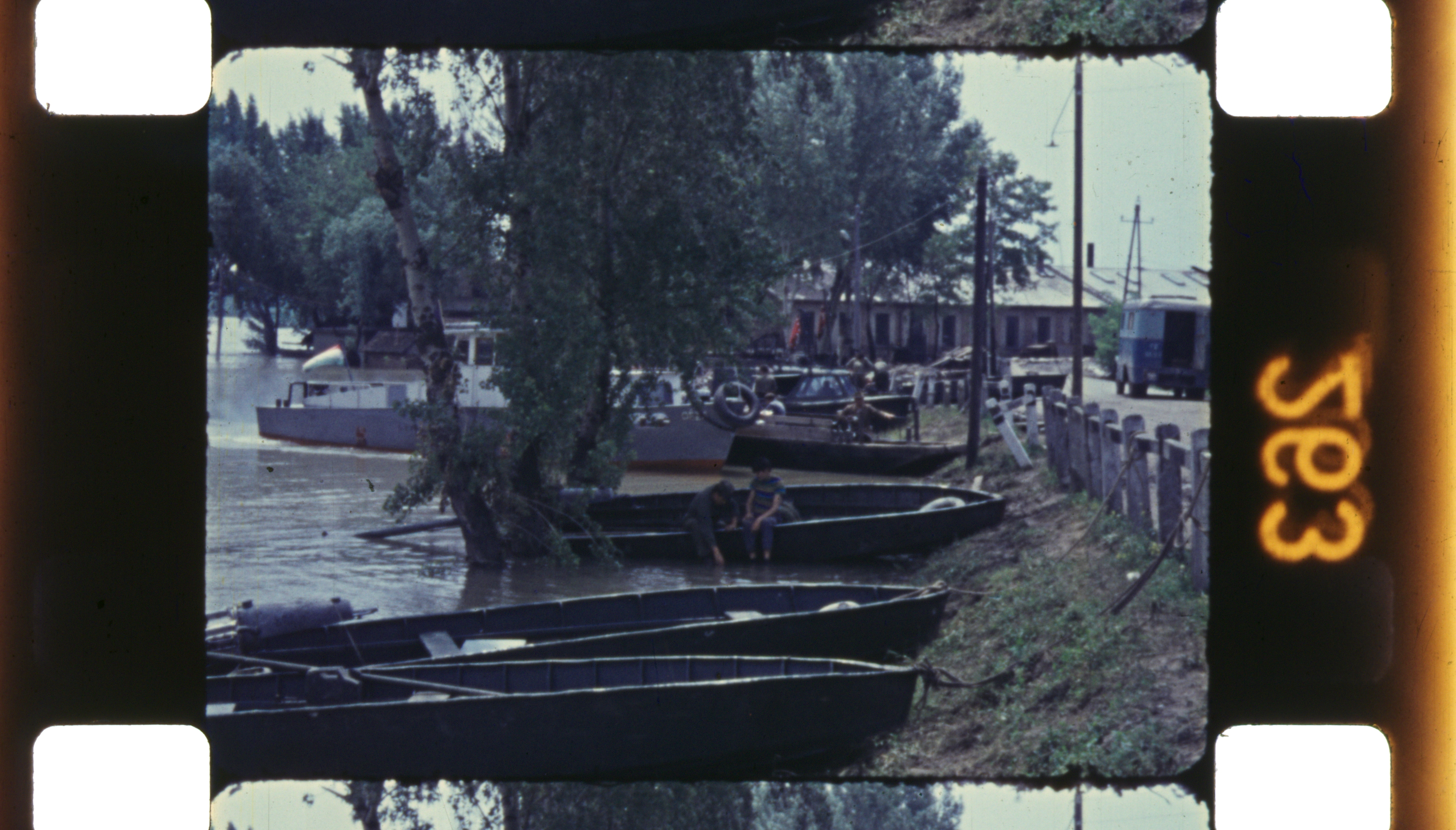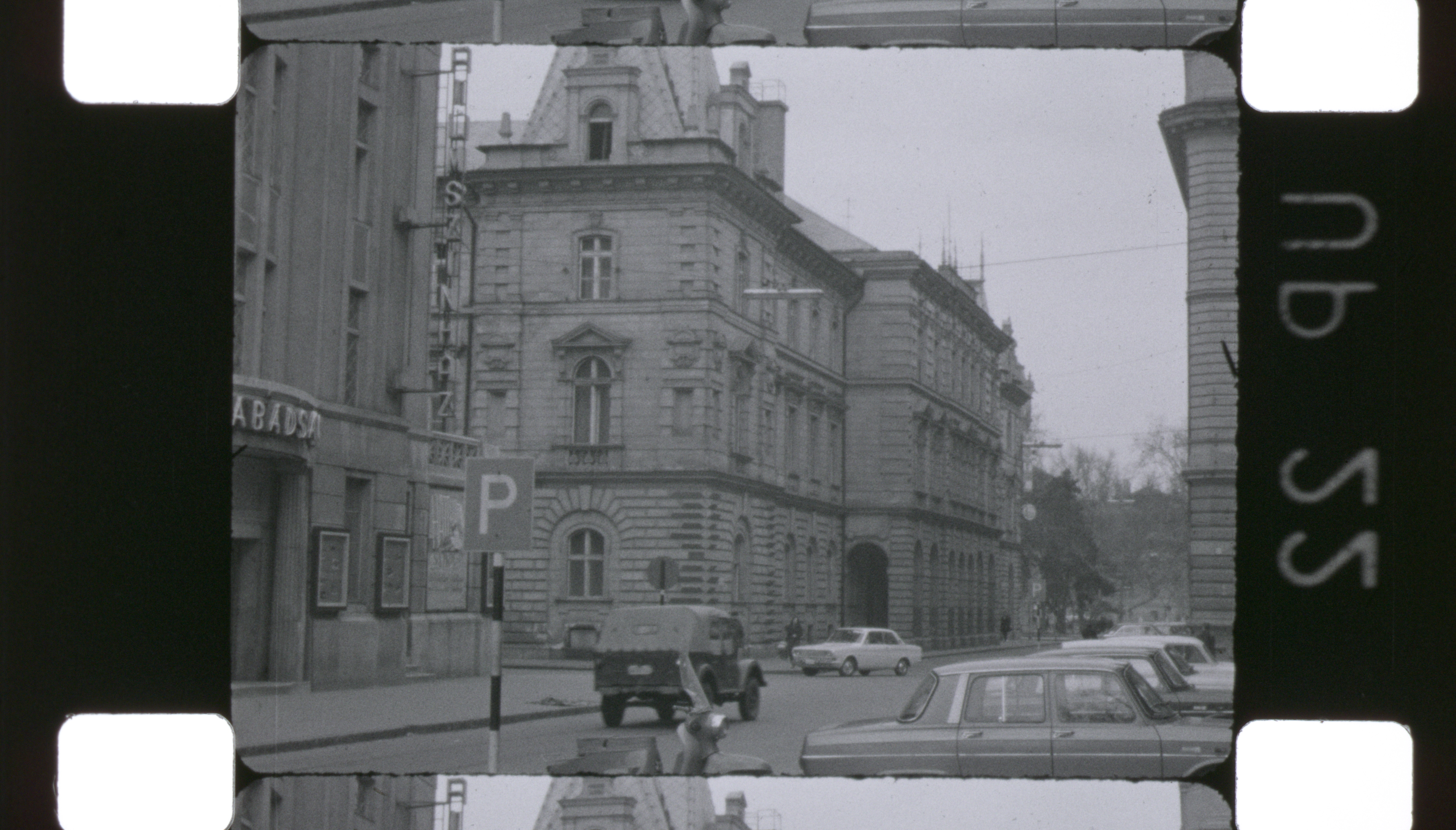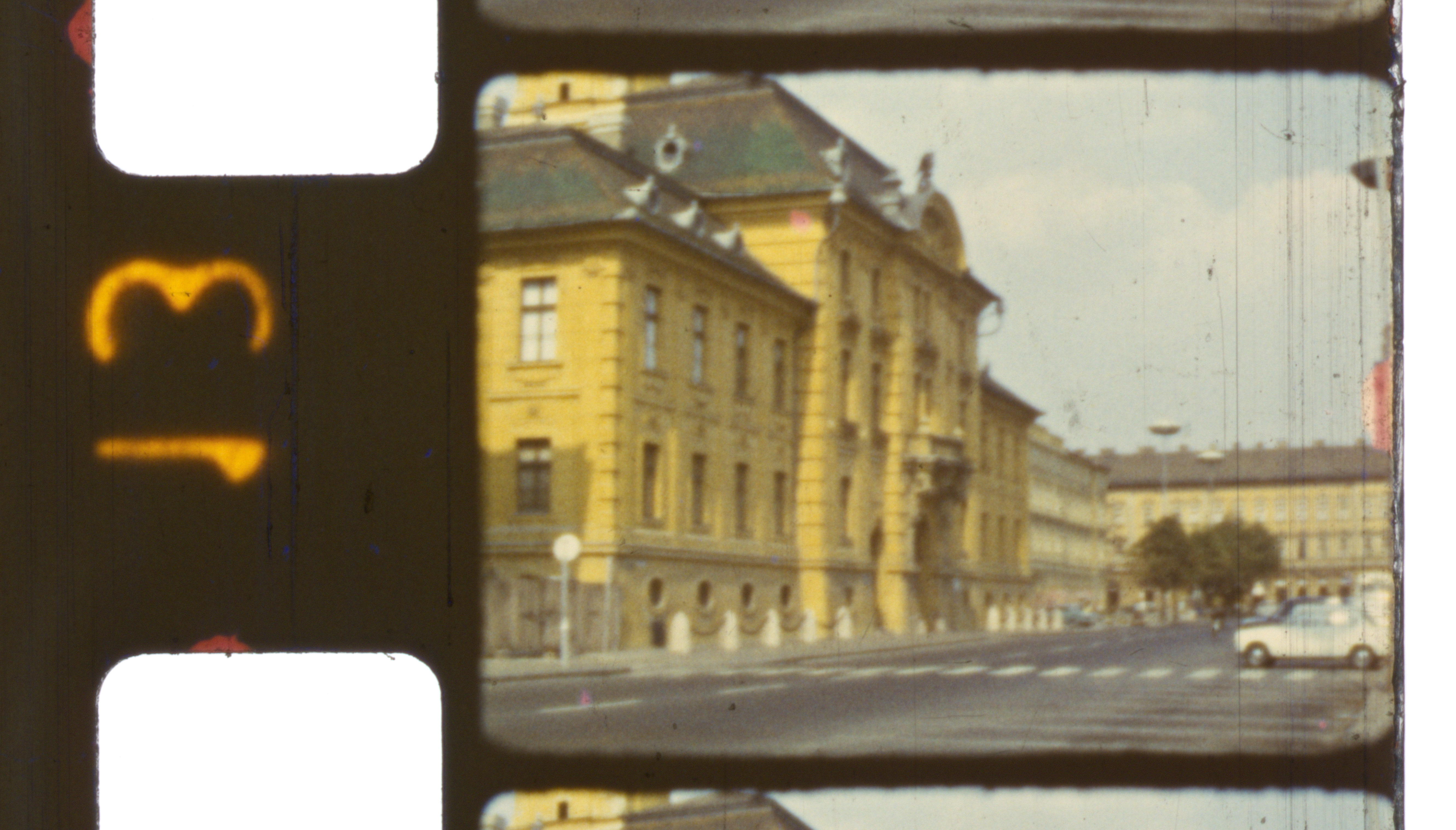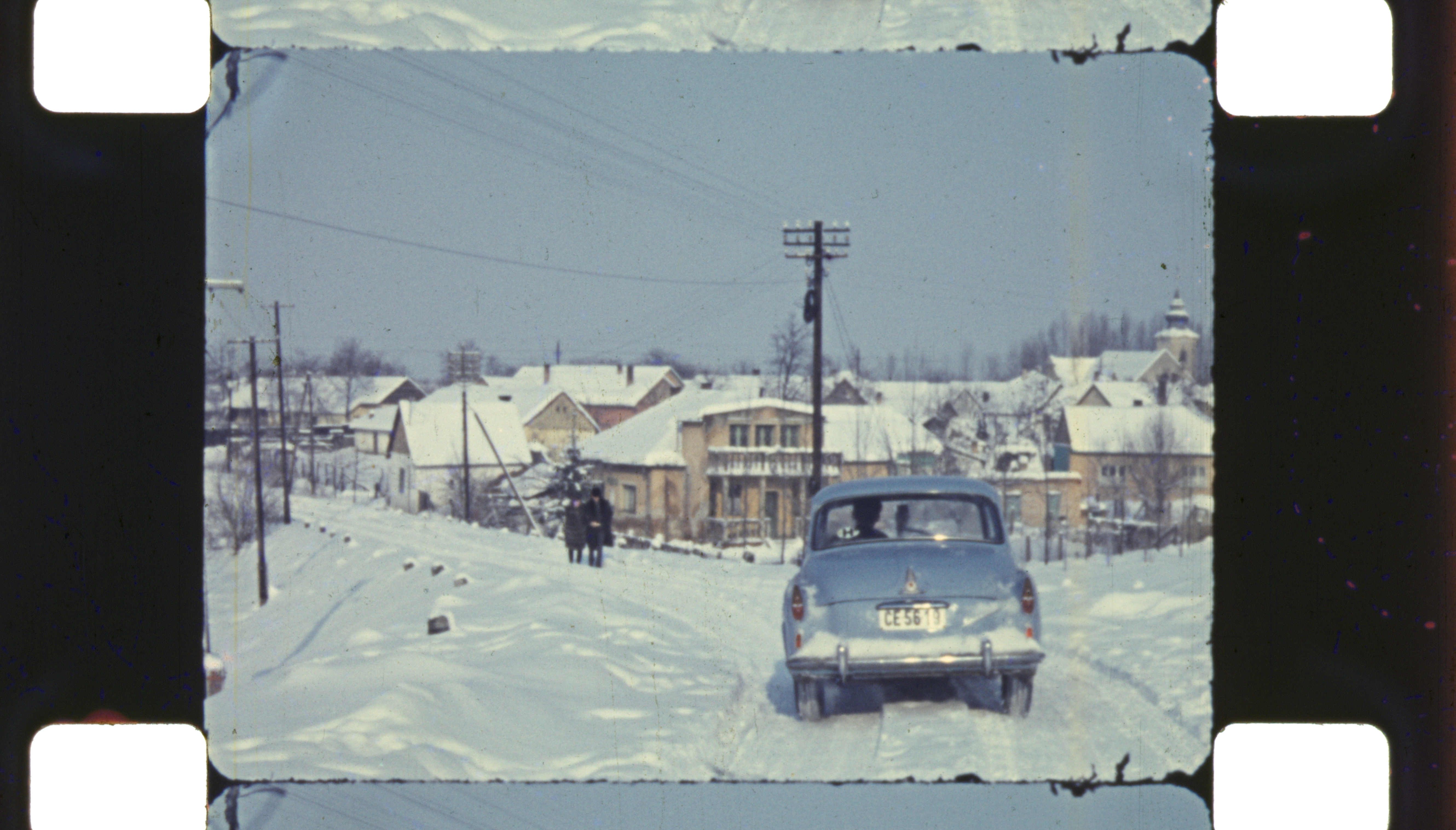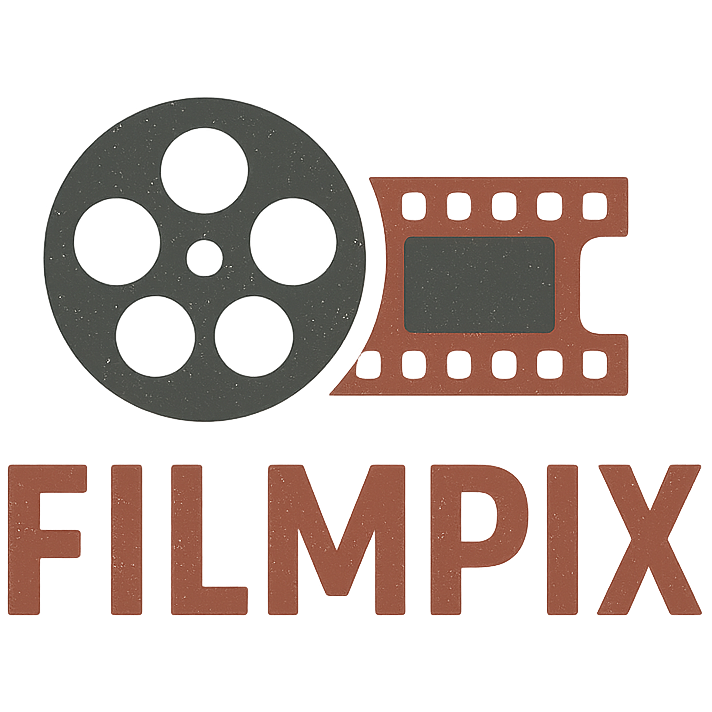Filmpix began as a personal project.
I discovered a large collection of 8 mm and 16 mm films made by my grandfather, István Bodó — a mix of family moments and remarkable documentary footage. Seeing their condition and realizing their historical and emotional value, I wanted to preserve them in the best possible quality.
When I started looking for film-scanning services or ready-made scanners to buy, I found only two options: expensive professional systems, or more affordable ones that couldn't deliver the quality these films deserved.
So I decided to design and build my own film scanner from scratch. After more than a year of experimentation, engineering, and fine-tuning, the machine finally reached a stage where it could produce results far beyond typical consumer or even some professional scanning setups.
As a broadcast engineer, I approached the challenge with a focus on precision, consistency, and signal integrity. The guiding principle was simple but strict: the film itself should be the limit — not the scanner. The camera must resolve more detail than the film grain can hold, so nothing is lost in the digital copy.
Today, my scanner uses a Basler a2A5320-23ucBAS global-shutter camera paired with a Schneider-Kreuznach Makro-Iris Apo Componon 4/45 — a specialized apochromatic macro lens designed for precise 1:1 reproduction. This combination delivers perfect focus across the entire frame with zero chromatic aberration, ensuring every detail, color, and grain of the original film is captured faithfully.




